| From Bear: Ever get a chain letter that you "need" to send on or bad things will happen? Those are annoying. We got a fermented bread starter chain, that you can use and pass on to your friends. It is known as Amish Friendship Bread. Our neighbors received some and thought we would use it, so gave us two bags. On the 6th day you feed the starter, on the 10th day you bake it and prep some starter to give to others or... not. Definitely NOT annoying. Wikipedia says the original Amish Friendship Bread was sent to the sick and needy in the community. If anyone knows more about the origins of this, please let us know. What you get is... A bag of starter and directions for use. We think it is like a sour dough bread starter- live yeast with food for the yeast. The directions say to share the starter, the bread, and recipes with friends so here you go... We experimented with different flavors and made breads and muffins. Our experiments will follow the main directions. |
Help the starter grow:
Days 1-5: Mush the bag (or stir) each day.
Day 6: Add 1 cup flour, 1 cup sugar, and 1 cup milk to feed the starter. Mush bag.
Days 7-9: Open bag to let out air each day (the fermentation will make the bag expand). Close bag and mush.
| Using 4 ziplock bags, put 1 cup of mixture into each bag. Label each bag Day 1 and date it. You can give these four starter bags away to friends with a copy of the instructions. Keep one for yourself if you want to keep making bread. (We started with two starter bags, so had extra. We made lots of breads, and passed the remaining 5 starter bags shown to the left onto others.) |
Preheat oven: to 325 degrees F
Mix batter:
To the remaining mixture (should be 1 cup of starter left), add:
|
|
- 1 large box of vanilla pudding
- 2 tsp cinnamon
- 1 cup chopped nuts
Optional topping:
Mix 1/2 cup sugar and 1 1/2 tsp cinnamon. Sprinkle half of mixture on sides and bottoms of your buttered pans. Sprinkle other half on top of batter after you've poured it into your pans.
Bake:
Grease two regular sized bread loaf pans or a bundt pan. Pour batter into pans. Top with remaining sugar mixture if using. Bake at 325 degrees for 1 hour. Insert a fork into the top. If it comes out dry, the bread is done.
You can also use the batter in muffin tins or brownie pans. These sizes worked well for us (in inches): 13x8x2 and 11x7x1.5 These won't take an hour to bake. Put them in the oven for 20 minutes, then check every 10 minutes until done. (Lessens the chance of over baking the bread.)
Note that some directions we saw online say that it's very important to use only glass or plastic utensils and bowls and don't use any metal (but didn't say why). We didn't see these instructions until after we made all our breads, though, and they seemed to be fine.
| The maple-bacon is in the blue 11x7x1.5 pan. The peanut butter pan was smaller and deeper so it took longer to finish and was more crusty around the edges. | Bear's Experiments: #1: Peanut Butter & Chocolate: Stir 1 1/2 cups of peanut butter in with the oil before adding to mixture. Add one 6 oz. bag of chocolate chips. #2: Maple & Bacon: Add:
This makes a good breakfast bread. Next time I plan to brown sausage for the meat. |
Our breads seemed more like cakes to me. I have read that here are different ways to bake bread to change the texture. If I can change ingredients, I can experiment with different oven temps and see what happens.
We each took some into our respective work places so we could spread around the calories:
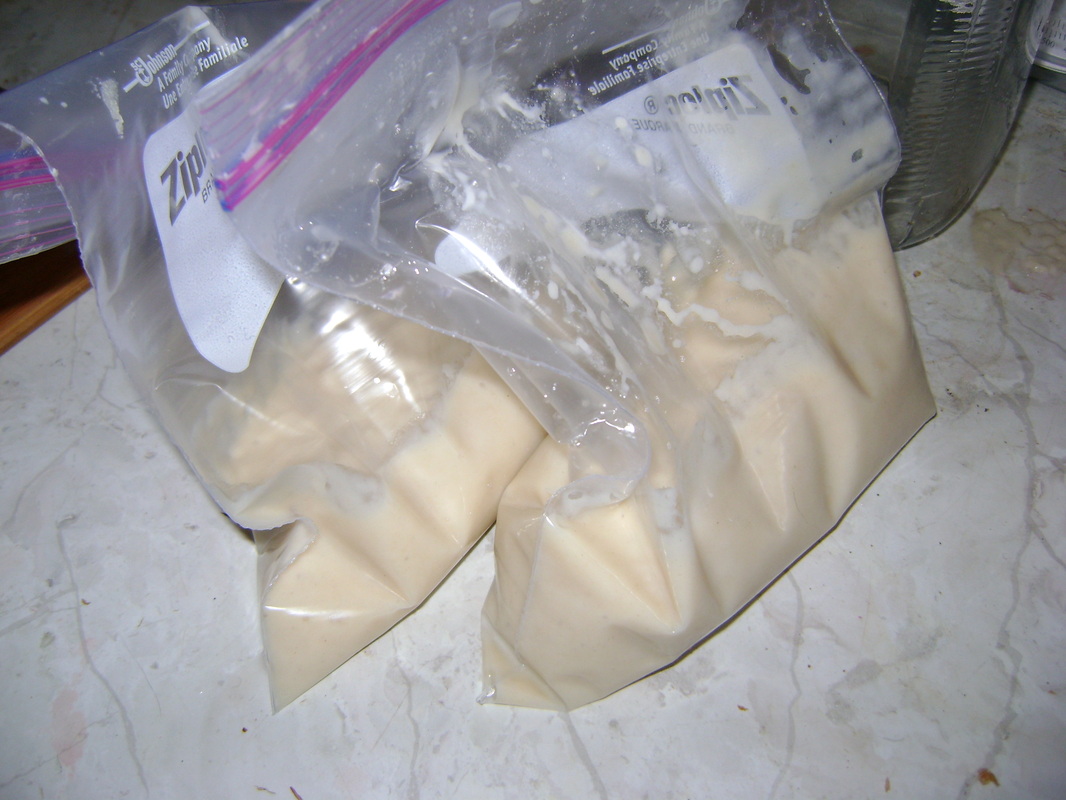
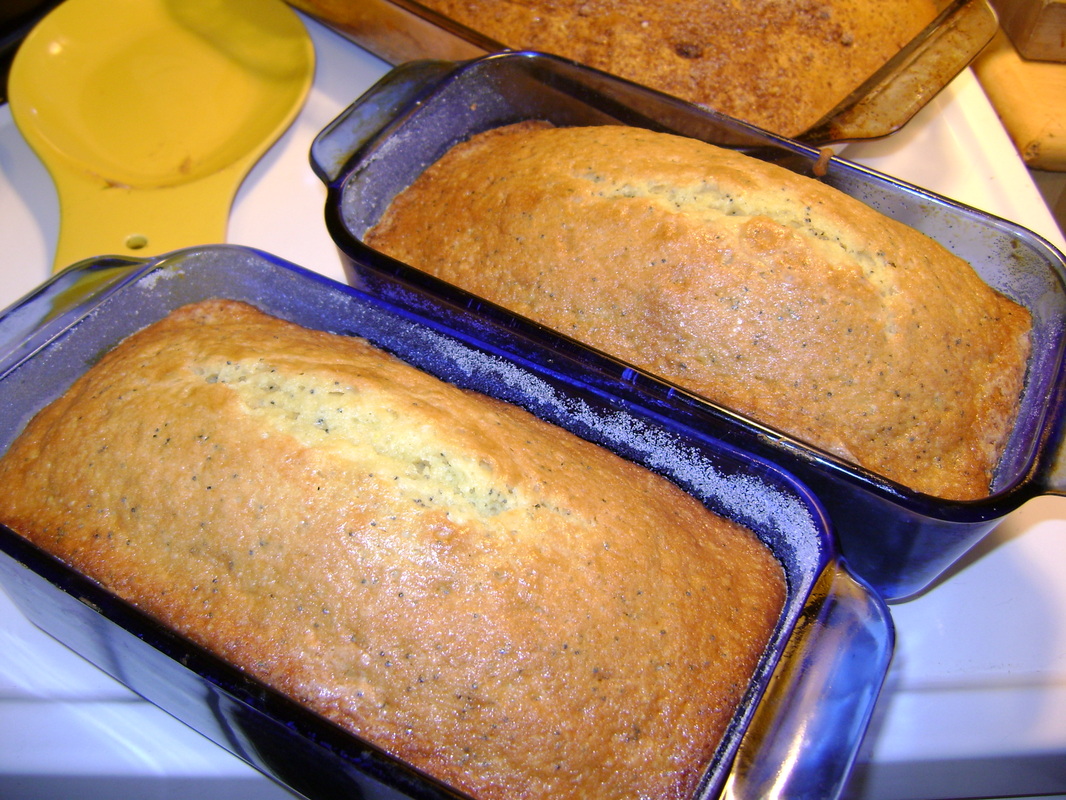
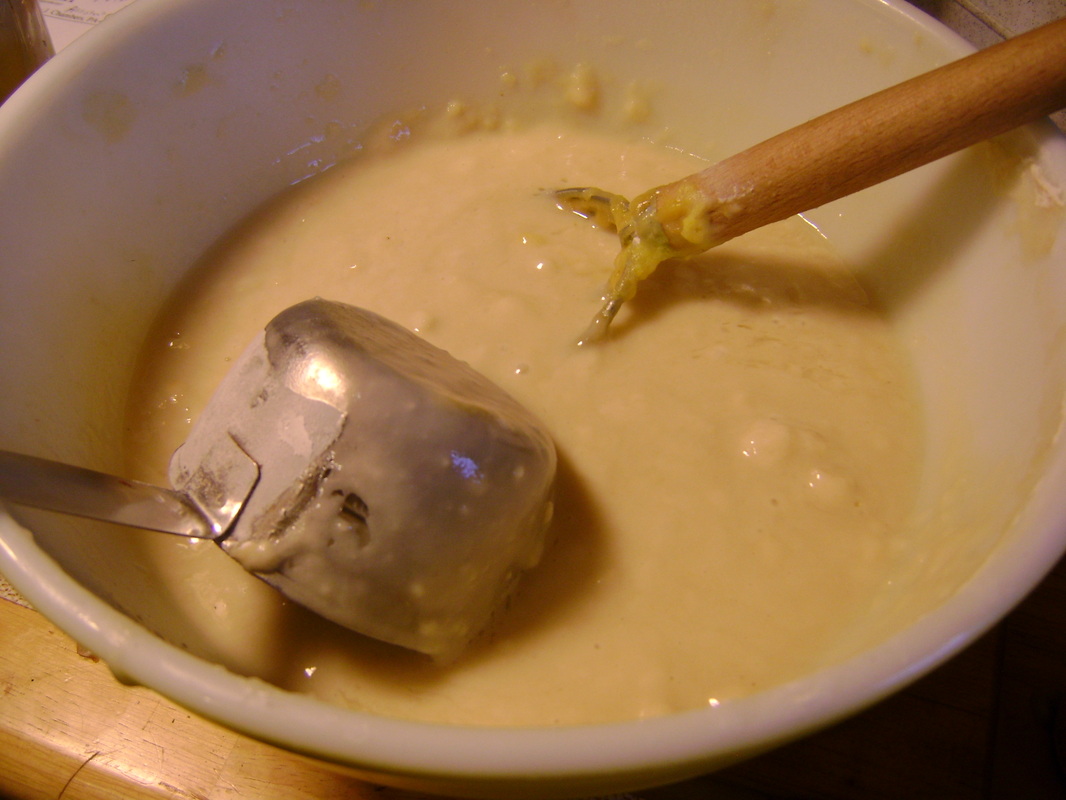
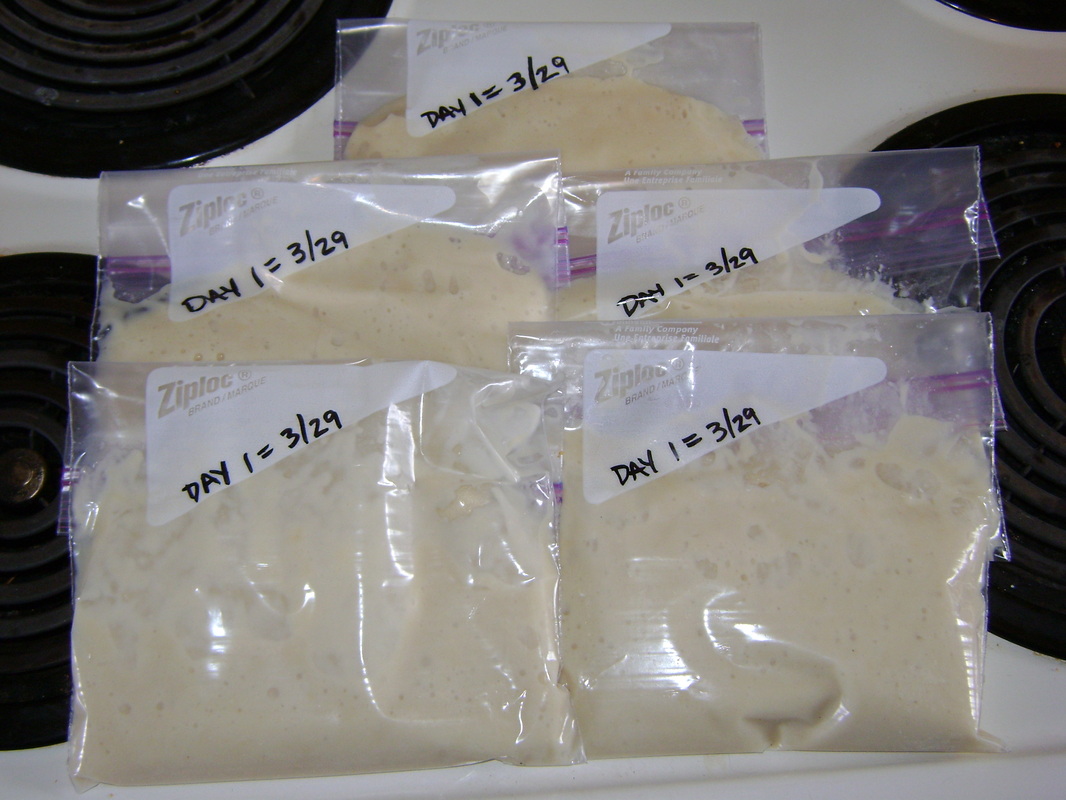
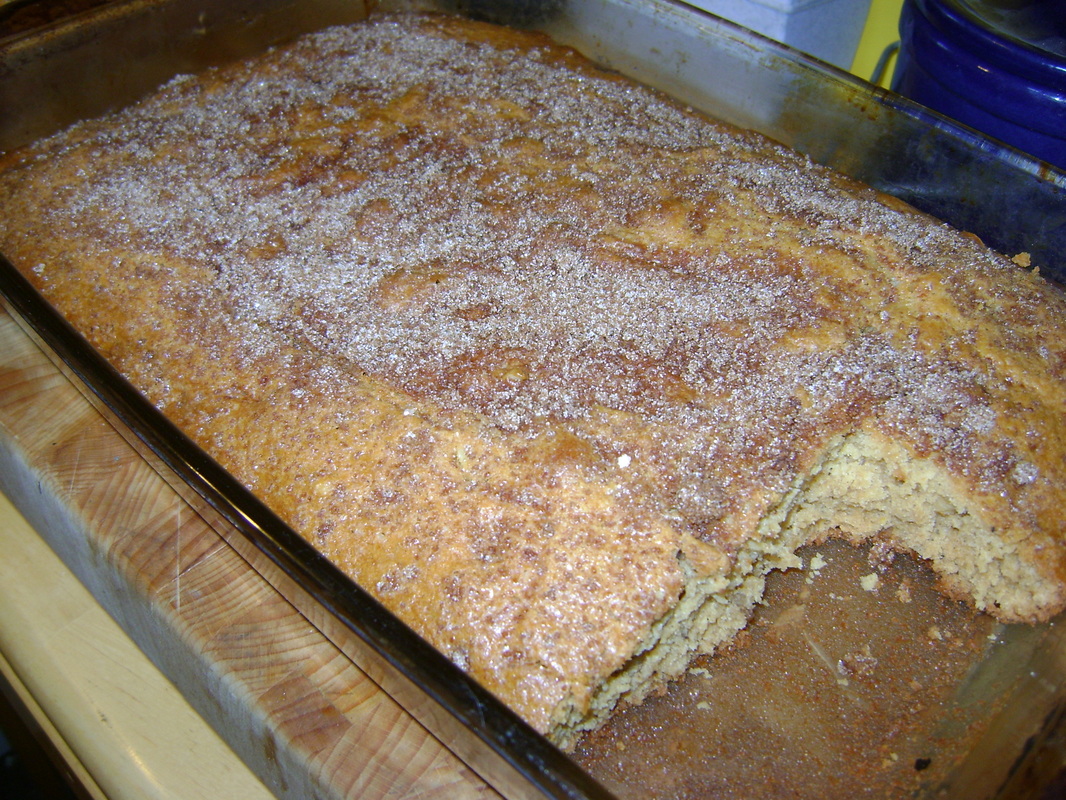
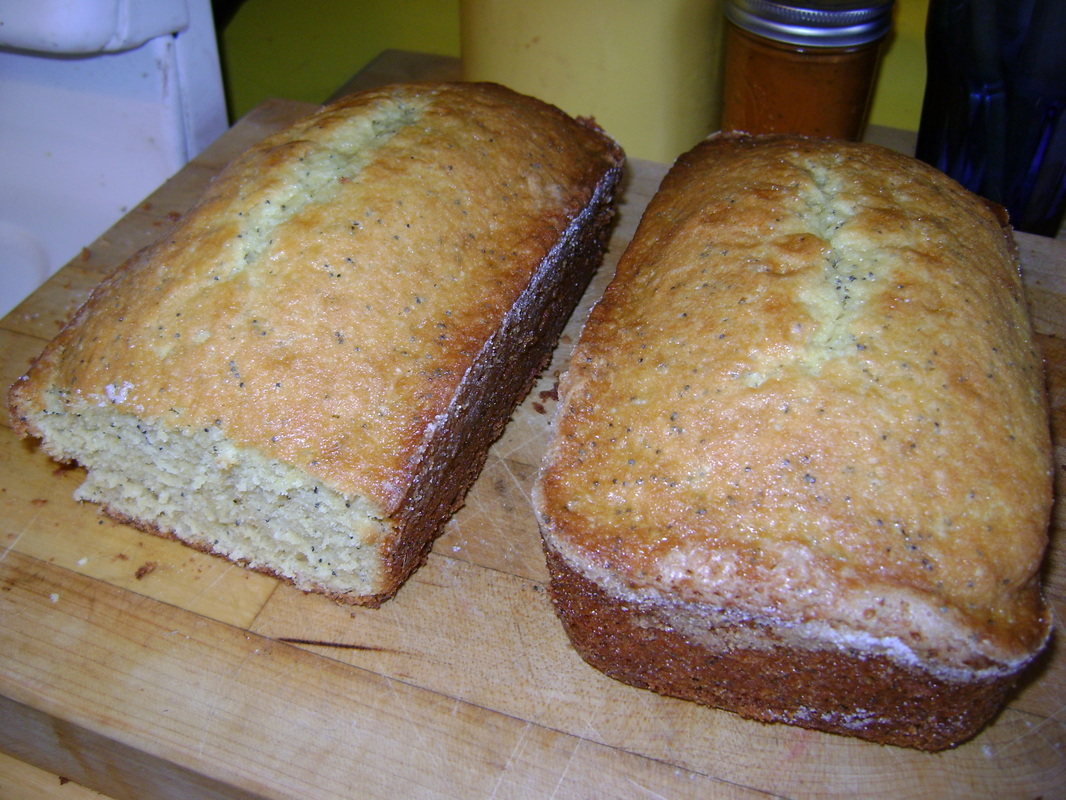
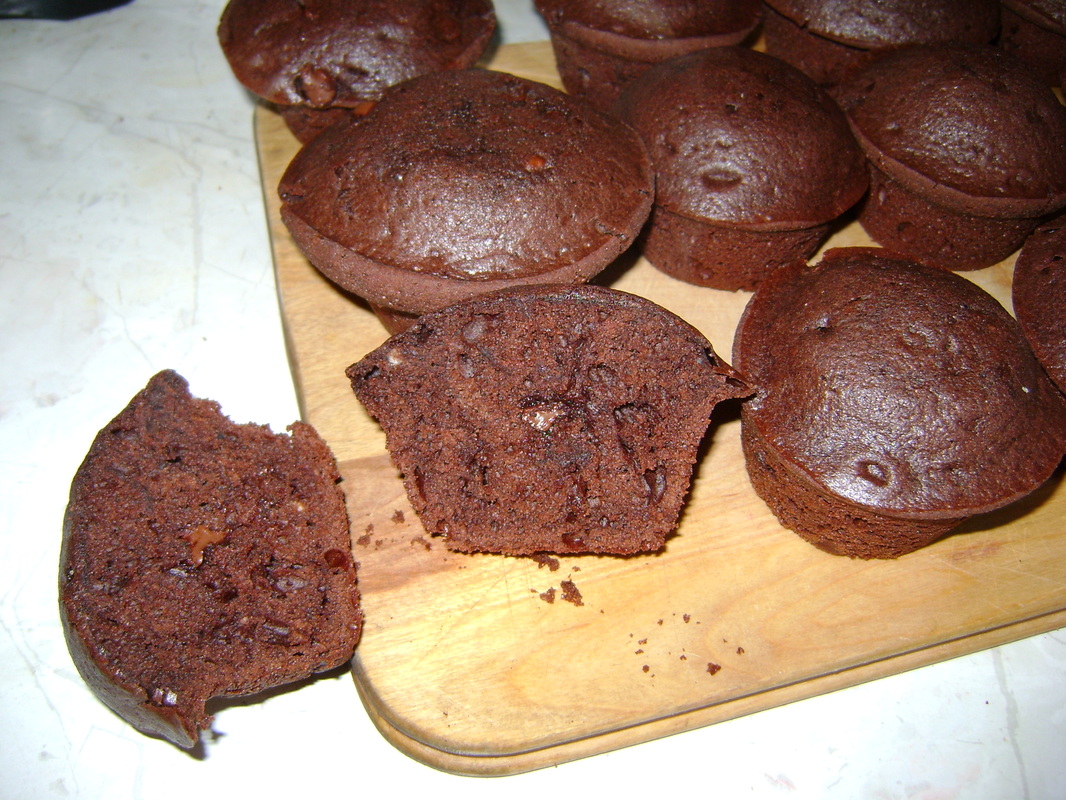
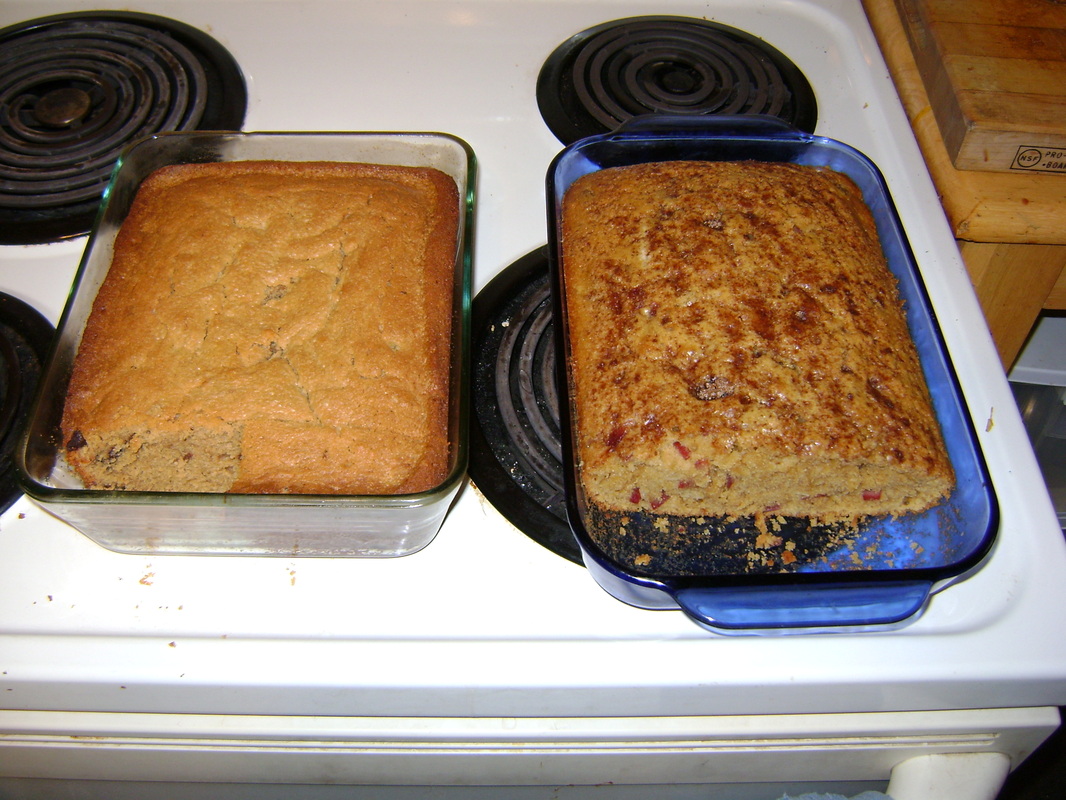
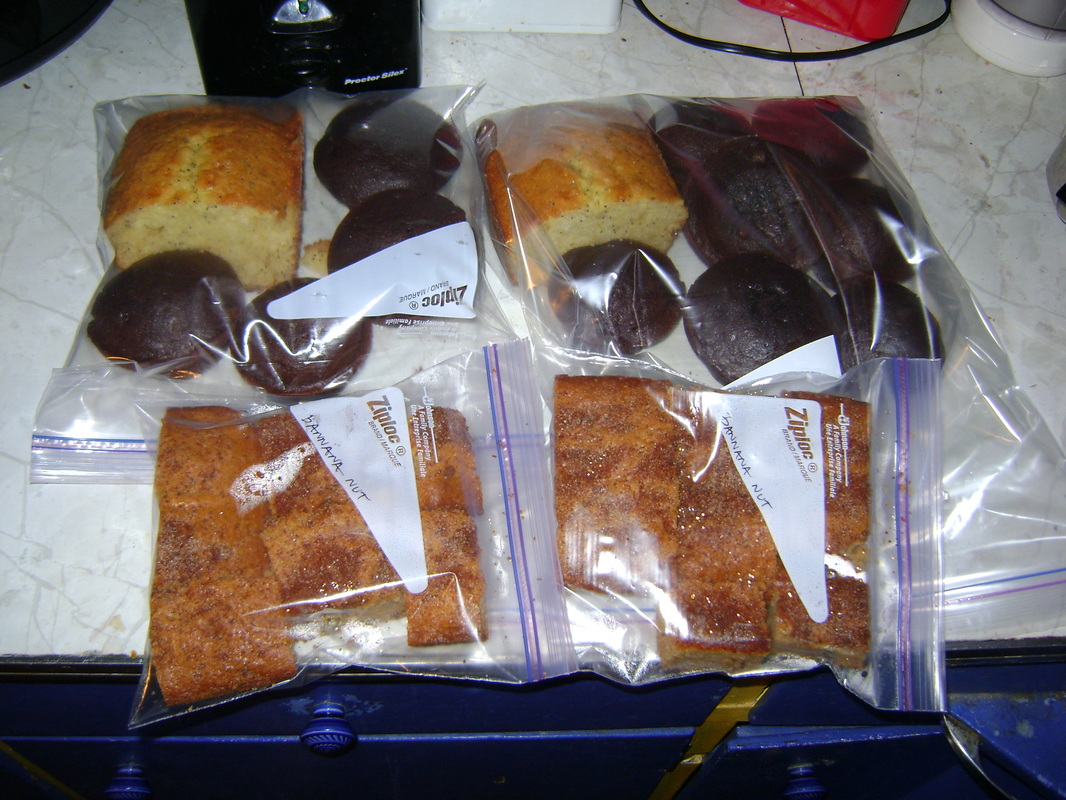
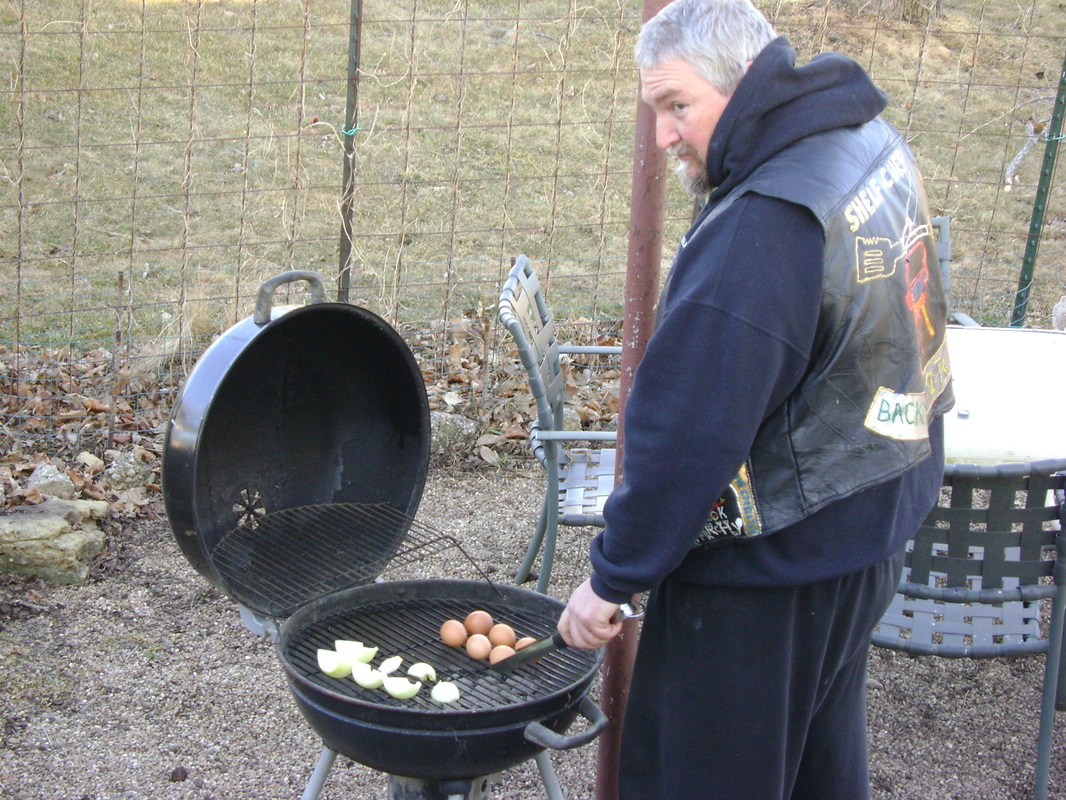
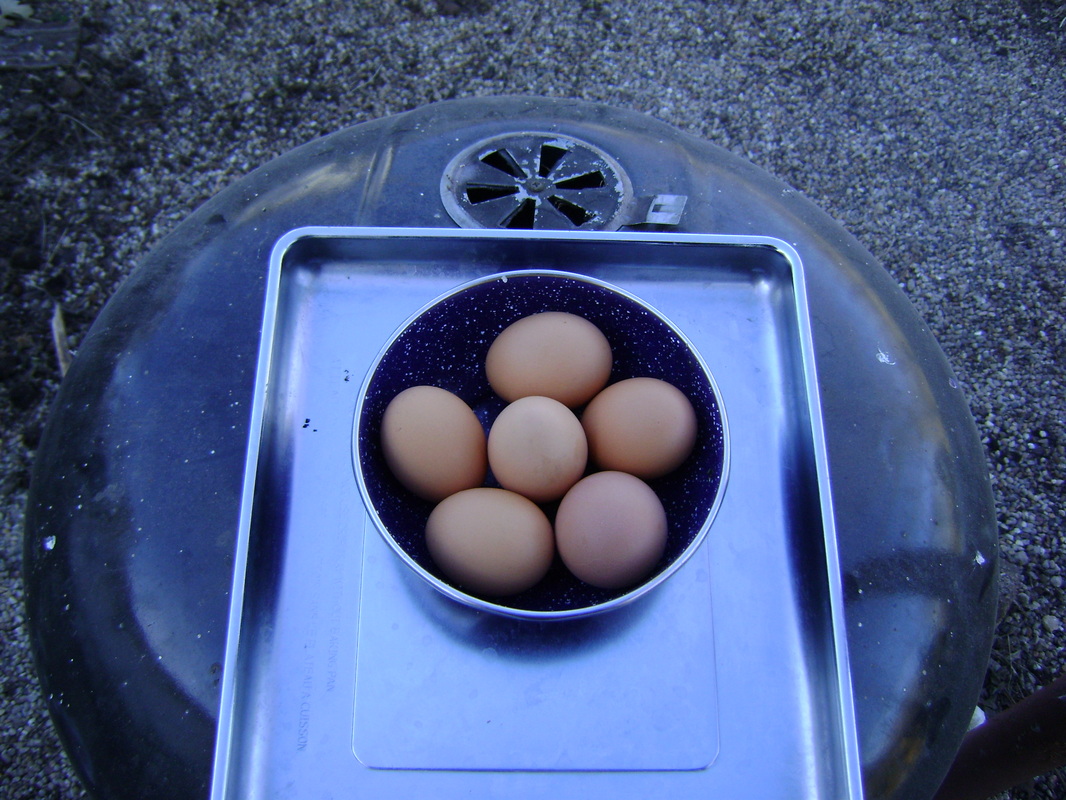
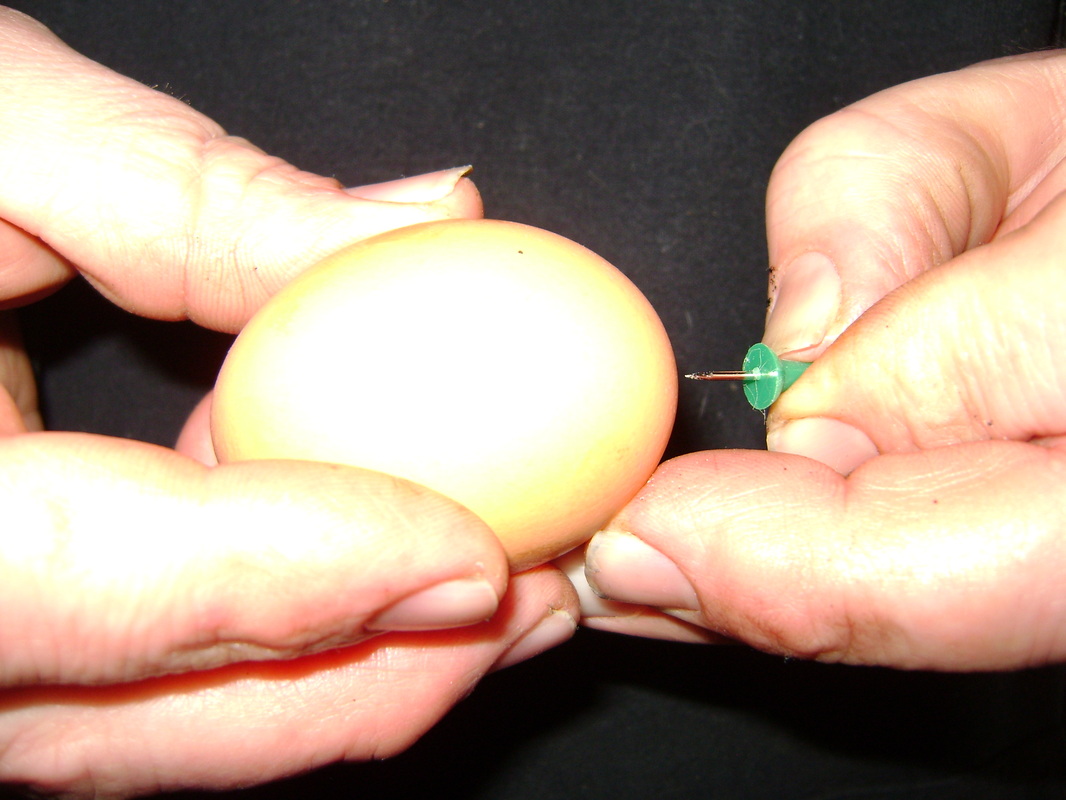
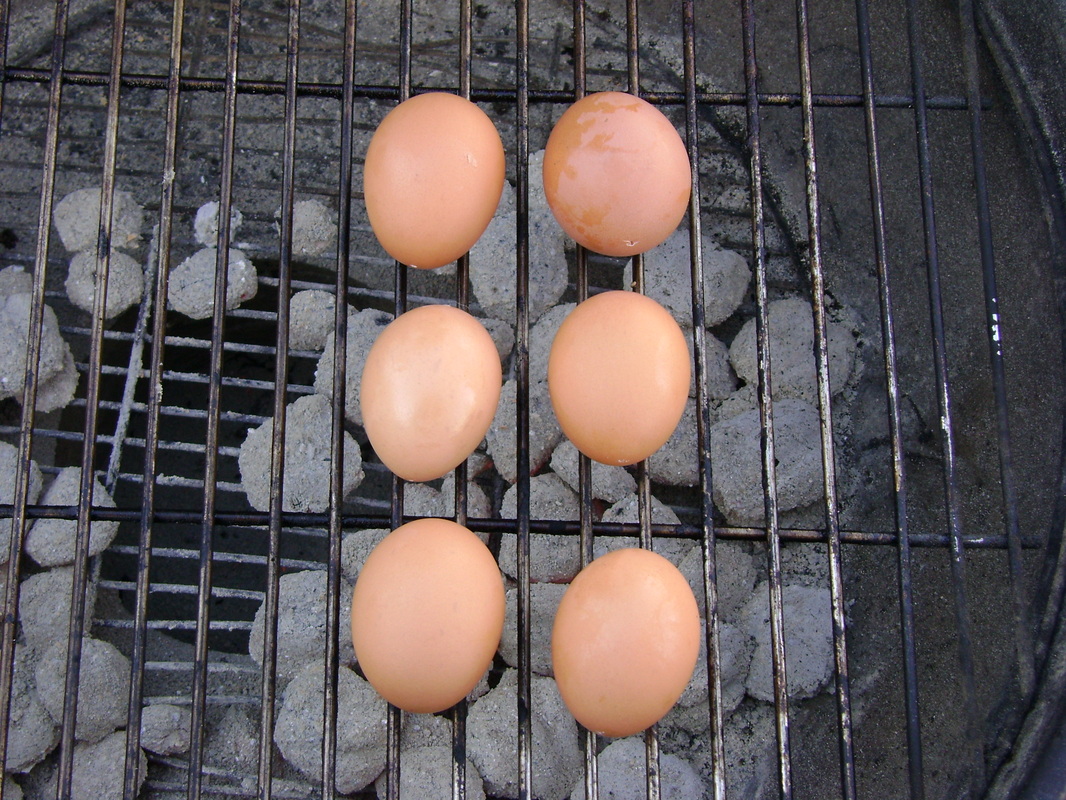
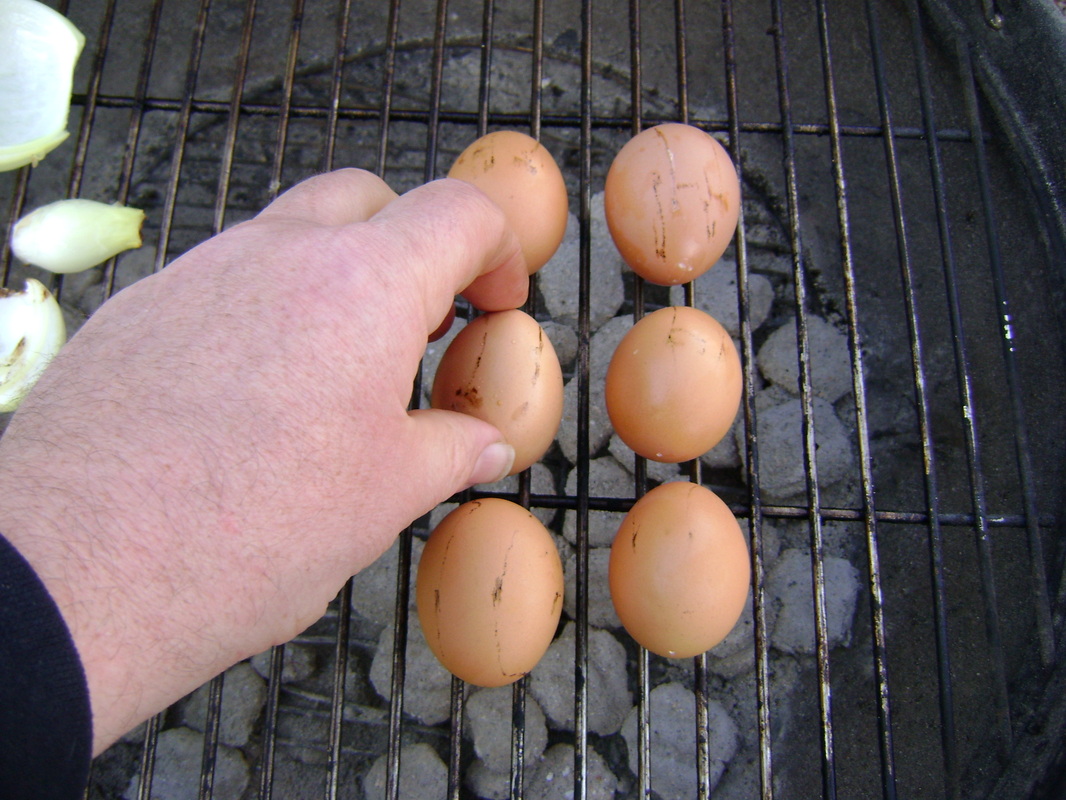
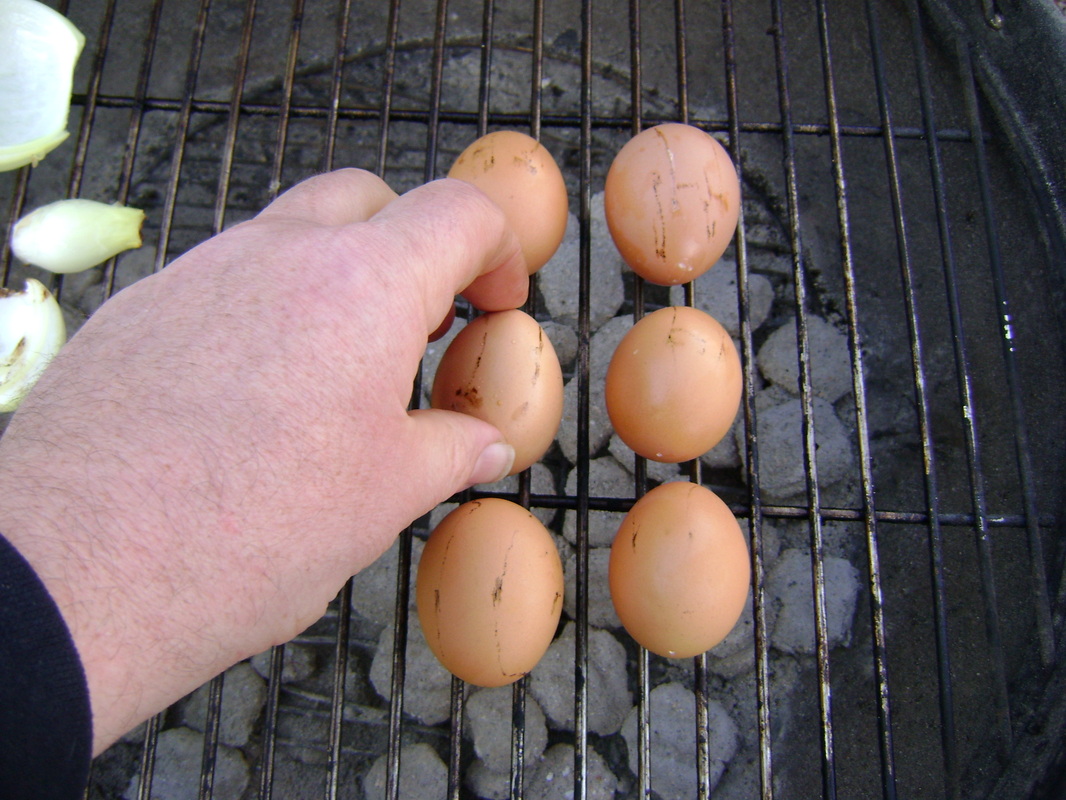

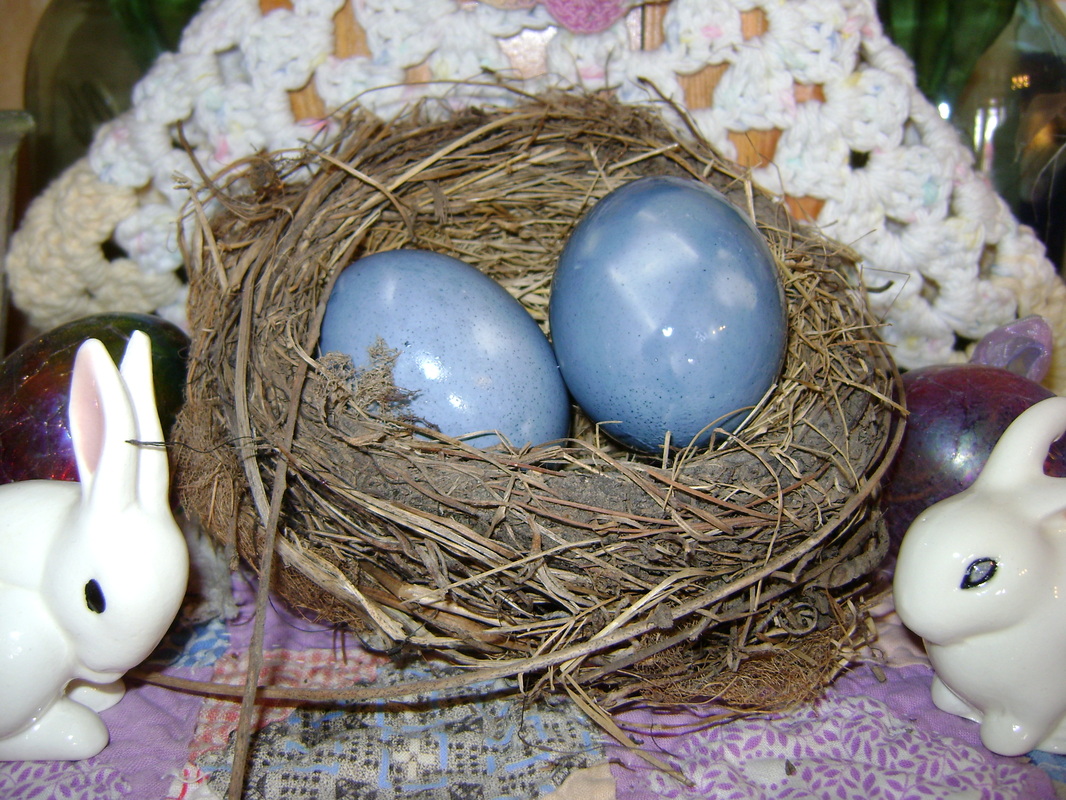
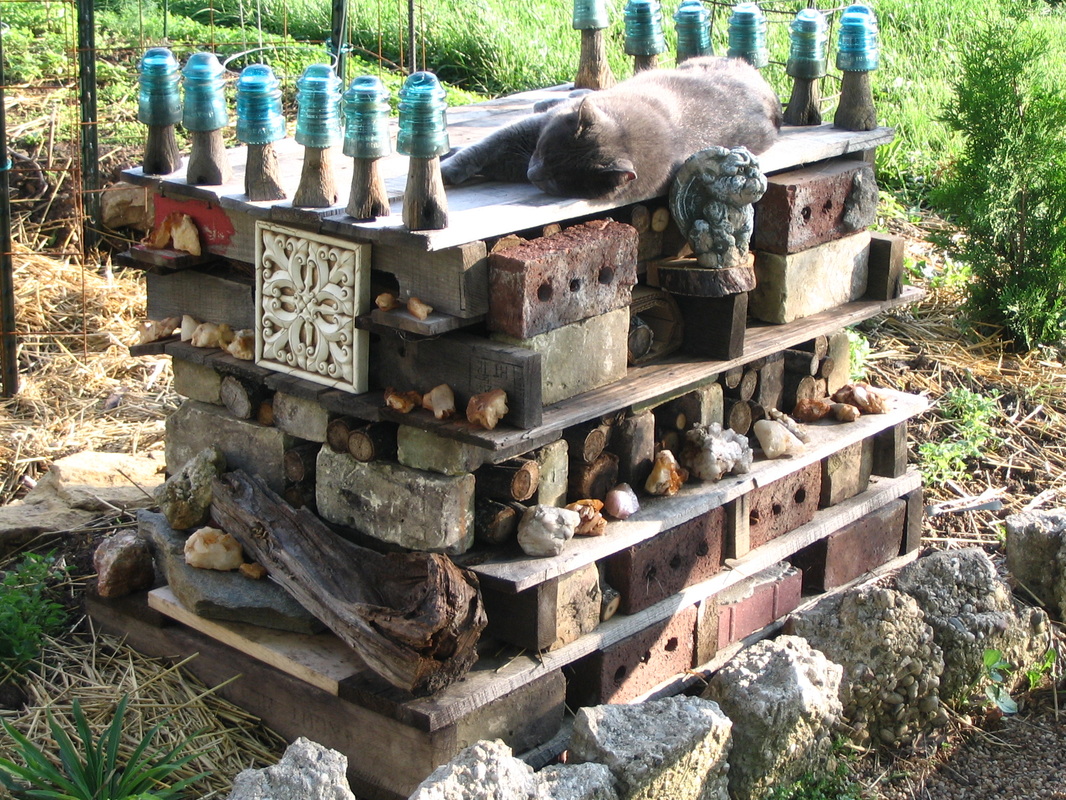
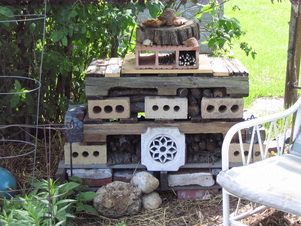
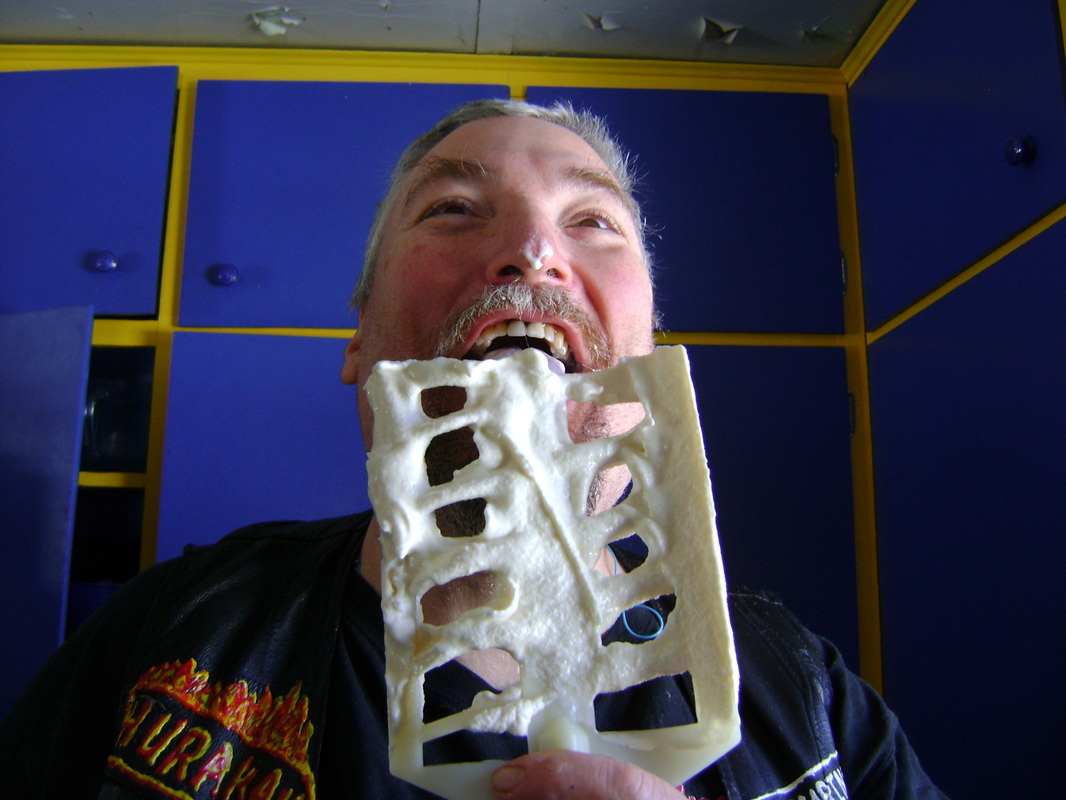
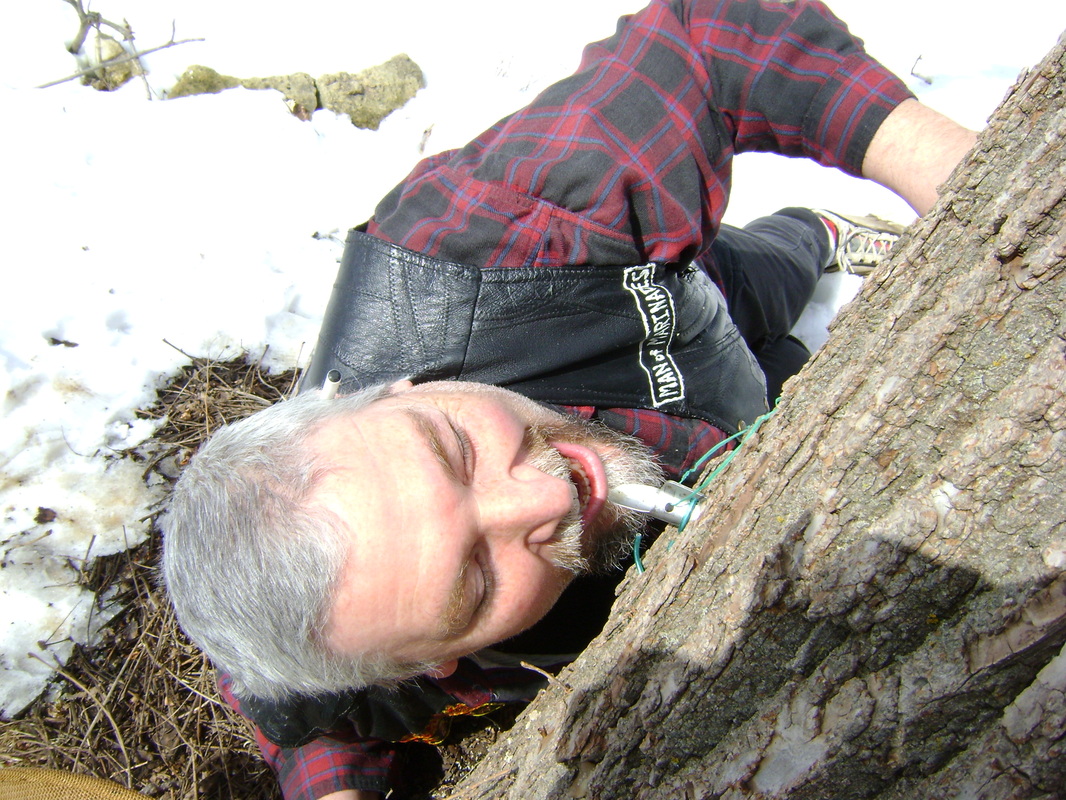
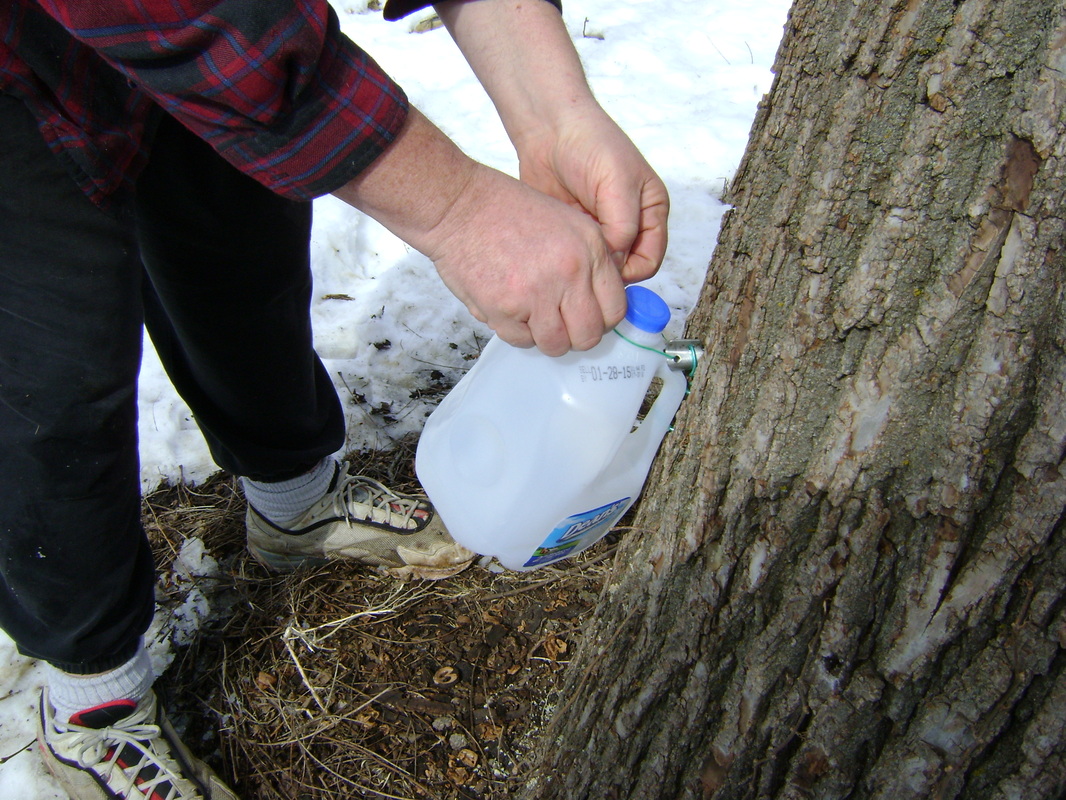
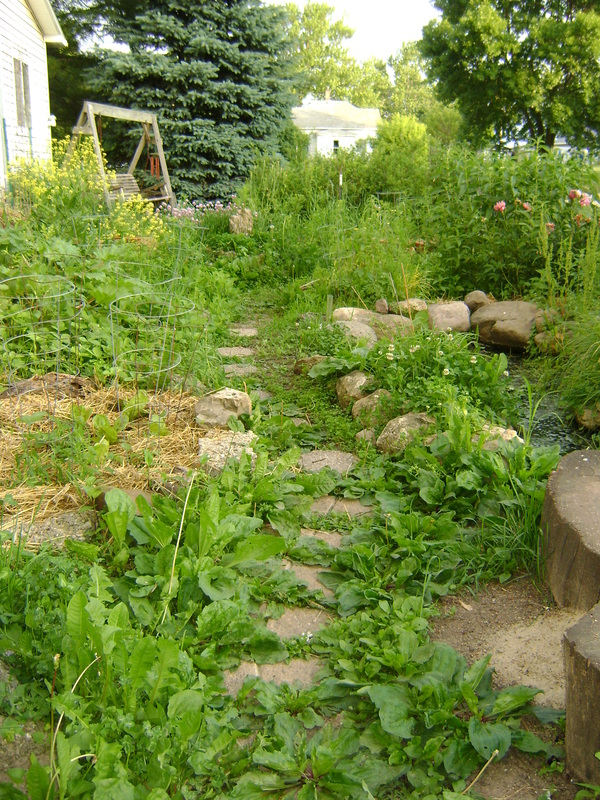
 RSS Feed
RSS Feed